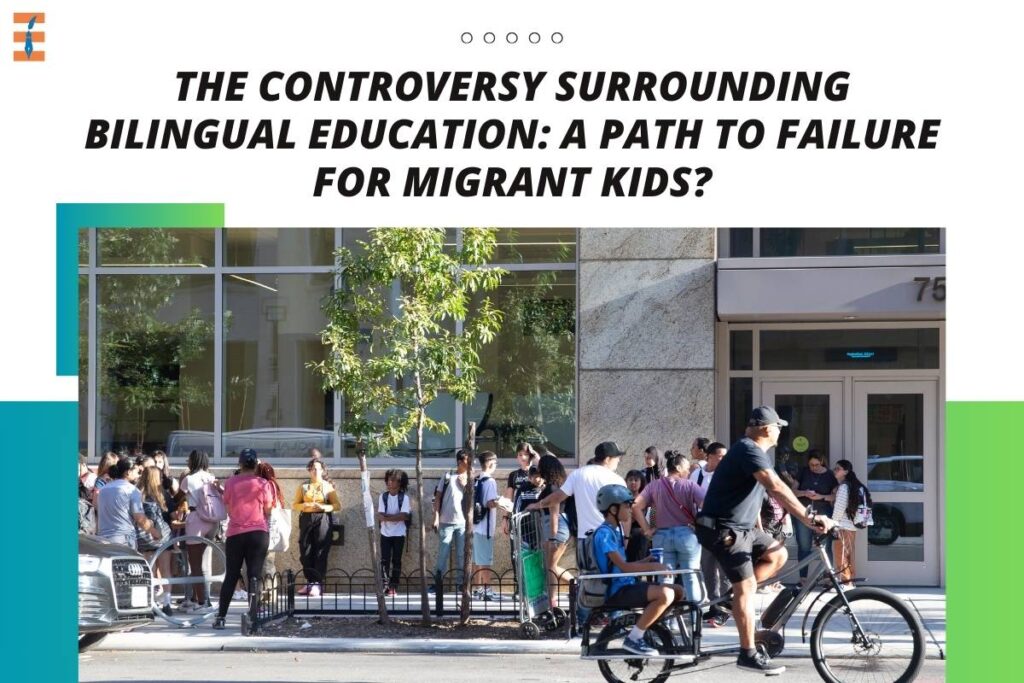Source – New York Post
In response to the increasing enrollment of migrant children in schools across major cities like New York City, Denver, and Chicago, there has been a significant push for bilingual education. However, some argue that this approach may lead these children to failure rather than success.
Critics of bilingual education argue that it often becomes an educational “ghetto,” trapping students in a cycle of poverty by failing to adequately equip them with English proficiency. Advocates for alternative approaches emphasize the importance of intensive English instruction upon enrollment, followed by mainstream education in English-only classrooms.
Despite assertions from some in the educational establishment that prioritizing English competency is “xenophobic,” data suggests the necessity of this approach. Shockingly, only a small percentage of eighth and twelfth-grade students in bilingual programs nationwide demonstrate proficiency in math and reading, with a staggering majority struggling to grasp these fundamental subjects.
Debating Bilingual Education: Balancing Rights and Academic Success
While New York City, among other cities, promotes bilingual education as a parental “right,” critics argue that it is far from being a beneficial option. In cities like Buffalo, where poverty affects both native-born residents and migrants alike, students in bilingual programs are significantly less likely to graduate compared to those taught exclusively in English. This disparity underscores the urgent need to address English proficiency as a civil rights issue of our time.
With a historically high percentage of foreign-born individuals in the United States, now more than ever is the time to reassess language instruction methods. Advocates argue that bilingual education creates linguistic chaos in the classroom, hindering both English-speaking and non-English-speaking students’ learning experiences.
Challenges and Concerns: Reassessing Bilingual Education Strategies
Anecdotal evidence from educators, such as Miriam Sicherman at the Children’s Workshop School in Manhattan, highlights the challenges of implementing bilingual education effectively. Juggling multiple languages during instruction results in divided attention and unequal learning opportunities for students.
Moreover, initiatives such as teaching phonics to kindergartners before they acquire English proficiency raise concerns about the practicality and efficacy of bilingual education strategies.
In conclusion, while the debate over bilingual education continues, it is essential to consider its potential drawbacks, particularly concerning the academic success of migrant children. As the educational landscape evolves to accommodate diverse student populations, finding effective approaches to language instruction remains a pressing challenge.
Also Read: SAISD School Is Promoted By The US Department Of Education As A Model For Bilingual Education










